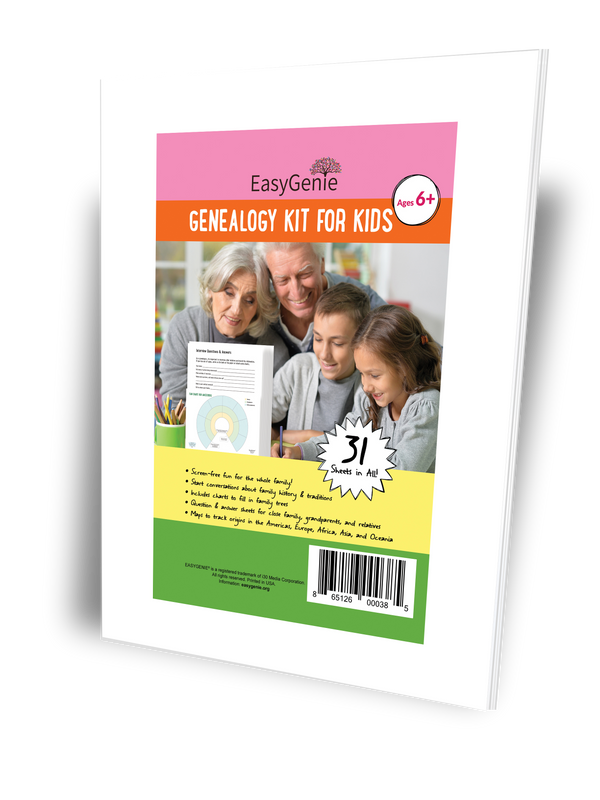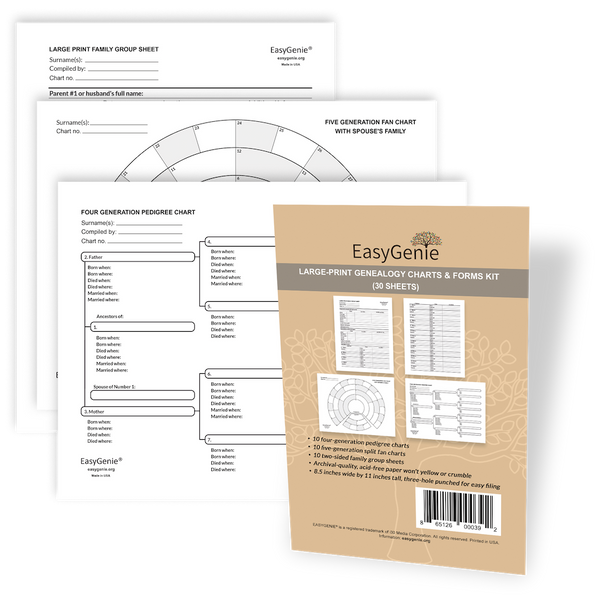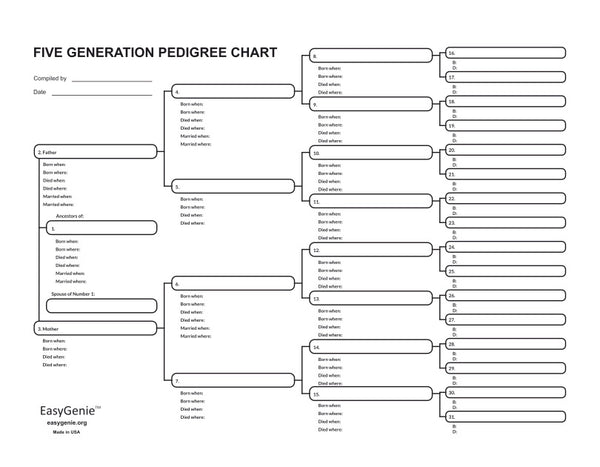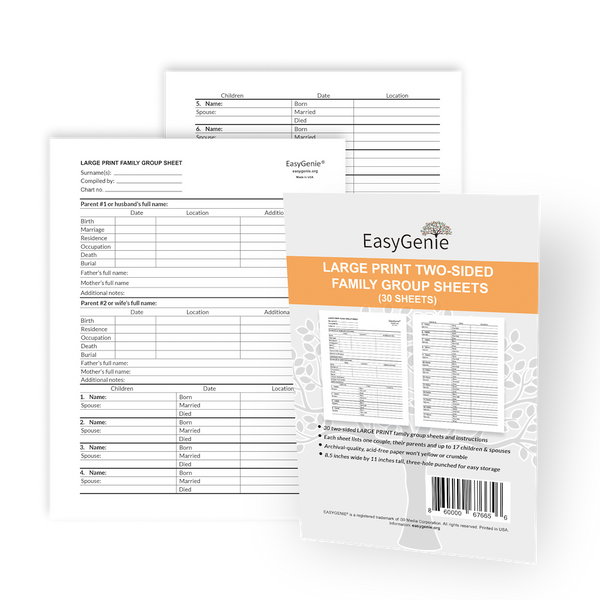
Saying "no" to a tempting genealogy brick wall breakthrough
Ian LamontWhile testing the new EasyGenie fillable family group sheet PDF, I used real data from my family tree. I also did a little extra digging on FamilySearch on one of the most persistently frustrating "brick wall" mysteries on the Heary/Wallace branch.
While the facts about Mary Jeanette Wallace (d. 1930) are well known, her parents are a different story. In particular, her father John Wallace (d. 1889) is a big question mark.

He was born in Cumberland England (according to his son’s death certificate), emigrated to Canada (according to Mary Jeanette’s census records), and then crossed over to New York at some point in the early 1870s. I have been unable to locate any British or Canadian records for John, or even an American death record, just his headstone.
But there is an unusual family story worth mentioning: After John Wallace died in 1889, his widow married his younger brother James. This was backed up by their 1897 Canadian marriage record I located on FamilySearch. Maybe I could also locate the Wallace brothers at an earlier point in time, when they were still in England. This free record popped up from the 1851 British census for Cumberland, when James was a toddler:

James’ 1850 birthdate matches. The location matches. He has an older brother John. And while I was unaware of sister Margaret born in 1835 (also the name of the mother born in 1811), this was a common family name in the generations that followed, down to the current day.
But I hesitate to embrace this family. Wallace is a very common name in northern England, as are the first names of the children. John’s stated age (born in 1843) doesn’t match any of the American records, which have him at least 6 years older.
What if it’s the wrong family? I’ve been down similar paths before, finding a match that looks good, spending many hours fleshing it out, only to discover through other evidence that it’s completely unrelated.
I’ll save this 1851 census record, but for now will mark it as “possible relation” in my genealogy software.







